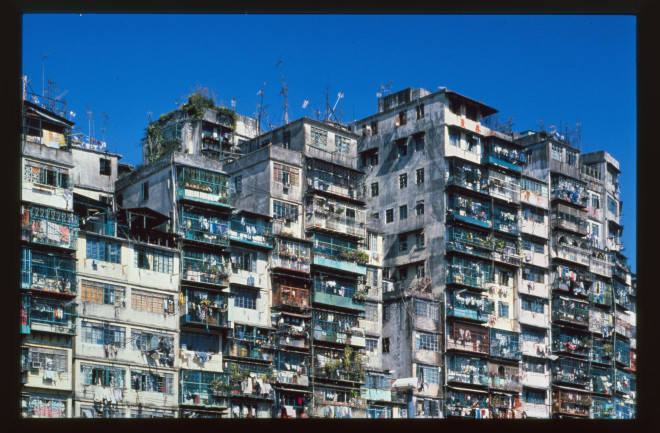It was called "The City of Darkness" — a place so densely constructed that light itself did not penetrate the narrow footpaths between its high rises.
For several decades in the second half of the 20th century, the Kowloon Walled City — an enclave within the sprawling city of Hong Kong — was far and away the most densely populated place in the world. By the late 1980s, at least 30,000 people were living inside, in a space only 6.4 acres in size, or roughly 0.01 of a square mile.
That translates to a population density of over 3,000,000 people per square mile. By comparison, the most densely populated city in the world today is Manila, the capital of the Philippines, which boasts fewer than 120,000 people per square mile.
Both Great Britain and China laid jurisdictional claim to the Kowloon Walled City at various points in its packed history, but neither conducted much in the way of oversight. With its unplanned and unregulated growth (both in physical space and in population), the fort-turned-squatter-settlement brimmed with squalid conditions and all manner of vices, as well as law-abiding families, factories and businesses.
Demolished in the 1990s, the strange, stacked village is now no more. But the Kowloon Walled City leaves a lasting legacy steeped in military history, British colonialism and Chinese resilience.







